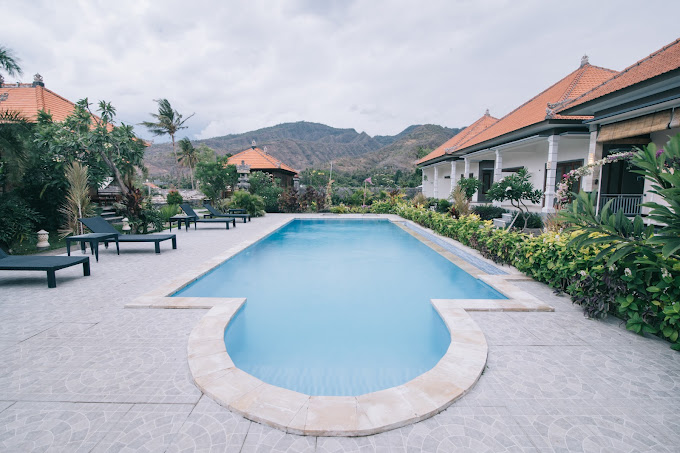



Most popular facilities
- Outdoor Swimming Pool
- Free WiFi
- Free Parking
- Airport shuttle
- Family Rooms
- Restaurant
- Non-smoking Rooms
- Private Beach Area
Room Feature
- Air Conditioning
- Housekeeping
- Family Rooms
- Safe
- Room Service
- Minibar
Room Type
- Ocean view
- Non-smoking rooms
- Suites
Location
Damar Sanjaya Uttama: The Core of Balinese Heritage
Damar Sanjaya Uttama is considered an excellent cultural treasure that personifies the tradition and the artistic heritage of Bali. As a traditional dance, it is not only meant for entertainment but also to tell stories, spiritual expression, and congregation.
Background
The myth of Damar Sanjaya Uttama contains a lot of balinese culture and historical past. The theme is often centered around Sanjaya, the wise king and powerful leader. Typically, the play is split into acts that focus on Sanjaya's battles versus evil forces within the storylines, bringing themes of justice, morality, and good deeds to triumph. This relates more closely with the idea of Balinese philosophy, where a life is meant to be lived in a balance between the spiritual and material world.
Elements of Performance
The dance features vibrant costumes, intricately choreographed movements, and live gamelan music-with the important feature of affecting the emotional tone of the performance. Dancers wear elaborately attired garb with traditional Balinese motifs, each one representing a different side of the character that they are portraying. Masks and makeup add another level to the visual aspect of storytelling, thus allowing performers to become many characters from heroic figures to mischievous spirits. The gamelan orchestras-which include the metallophone, the gong, and the drums-wash the dance with their play of sounds. Music interplay with choreography greatly produces a dynamic atmosphere that totally captures the crowd. Rhythms and melodies entail different sounds and often show strong intensity in the narrative, as it pitches the viewers through moments of tension, joy, and resolution.
Cultural Significance
Damar Sanjaya Uttama is more than a performance-it expresses the Balinese identity and spirituality. The dance is broadly used during religious rituals, festivals, and community ceremonies to reinforce social bonds and develop cultural continuity. It shows how this art can serve to pass along Balinese values, beliefs, and history to future generations. The performance thus has two values: it is a tribute to cultural heritage and also a way of involving oneself with the modern issues. Most modern choreographers who interpret Damar Sanjaya Uttama have assimilated the current social themes into the dance form that makes it relevant to the present day audience with its traditional base. This flexibility is a way to continue the survival of the art form so that the dance continues to flourish in this global era.
Educational and Artistic Impact
Damar Sanjaya Uttama has been promoted through educational programs and workshops for the last several years. Educational institutions and cultural organizations collaborate in teaching the young generations of this heritage so that they encourage themselves to be a part of it. These efforts, within years, have empowered people to take pride and own their rich legacy so that the dance was sustainably passed on to the next generations. More significantly, it has gone global: gaining popularity among international tourists, artists, both young and old. Many festivals have incorporated this as part of their cultural events to give a spectator an insight into the richness of Balinese culture. Cultural exchange between locals performing for international crowds brings a colorful rejuvenation of both ends.
Conclusion
Damar Sanjaya Uttama is a proof that Bali has a long-standing, richly developed cultural trend. And it is through its evocative narration, its stunning artistry, and its spiritual undertones that this dance form encapsulates the culture or identity that best represents being Balinese. As it grows and changes, so too does Damar Sanjaya Uttama remain one of Bali's most treasured traditions - a place where locals and visitors alike are encouraged to indulge in its sublimely beautiful timelessness as well as its deeper meanings. Honoring the past, embracing the future, this performance art shall absolutely endure, inspired and full of life for the rest of the generations to come.











